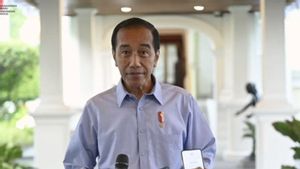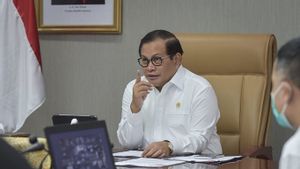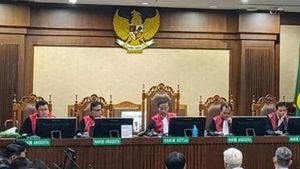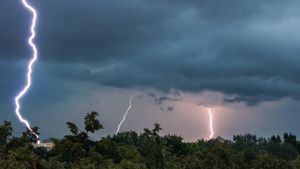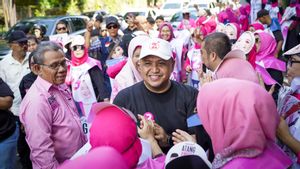JAKARTA - The Cultural Preservation Center (BPK) Region XI East Java will trace the DNA of the human skeleton found in the Kedaton Temple, which is included in the Torowulan site area to reveal human life during the Majapahit Kingdom.
"We will be able to build this Majapahit narrative in its entirety, not only the cultural residence but also the people through the remains of the skeleton found," said Head of BPK Region XI East Java Endah Budi Haryani as reported by ANTARA, Tuesday, August 27.
He revealed that his party had met with Prof. Dr. Toetik Koesbardiat who is a paleoanthropologist from Universitas Airlangga to initiate cooperation in disclosing human life from a human skeleton including DNA tracing.
He explained that life during the Majapahit period was interesting to reveal because humans at that time lived in harmony with nature, meaning that understanding that nature must be maintained in balance.
"Even at that time, there was an inscription from the Majapahit Kingdom that described the king's order to protect and preserve nature," he said.
A paleoanthropologist will be able to uncover human life at a certain time from the shape of the human skeleton found.
On the FISIP website, Universitas Airlangga explained that in a speech at the inauguration as a professor entitled Giving The Opportunity to Talk to the Dead, Prof. Toetik expressed his love for the human frame.
SEE ALSO:
"Nothing has ever escaped my view of the dead. The dead can provide information about how the life, way of life, to the habits of the dead. Therefore, by letting the dead speak, I can identify them," said Toetik.
As is known, when the restoration of the Kedaton Temple in 1996, a tombstone and four graves contained four human skeletons on the site were found.
According to the stories of the people circulating, the tomb is the tomb of Dewi Murni, Dewi Pandansari, Wahita, and Puyengan. Wahita and Puyengan are the wives of Damarwulan (King Brawijaya VI) or Prabu Mertawijaya.
Meanwhile, in the wall records written on the Kedaton Temple, it is explained that in archeological excavations in the south of the Upas well structure, a human skeleton was found buried, the tomb was made of a brick array without digging to form a square hole where the body was placed.
Furthermore, it was explained "Four other human skeletons were also found buried on top of the Kedaton Temple". However, the tomb was made by dismantling and digging the Kedaton Temple to form a burial hole.
Then it was also noted that what is interesting is that the skeleton sizes of the bodies have a height of about two meters or above the Javanese average.
The English, Chinese, Japanese, Arabic, and French versions are automatically generated by the AI. So there may still be inaccuracies in translating, please always see Indonesian as our main language. (system supported by DigitalSiber.id)



